I was fourteen years old in the summer of 1969, the summer when we landed on the moon. I was at summer camp in Chattanooga when Apollo 11 touched down in the Sea of Tranquility. The astronauts weren’t scheduled to walk until an hour or so after “lights-out,” but everyone knew this was a once-in-a-lifetime moment of history. Those running the camp rigged up a TV for all the campers in the gym, perched on top of one of the basketball goals and with a crazy tangle of extension cords stretched out to power it.
The images we watched were in black & white, and fuzzy, but clear enough for us to be able to see the white space-suited form of Neil Armstrong as he climbed down the ladder of the lunar excursion module and stepped onto the surface of the moon. And we heard his words clearly: “That’s one small step for man, one giant leap for mankind.”
Like thousands of other fourteen- year-old boys, I found NASA’s manned space program fascinating. I could rattle off all sorts of details about the rockets, the spacecraft, the astronauts, and their equipment.
This summer will be the fortieth anniversary of the first man on the moon. There are three very good books just published that tell the story for children very well. And it is a story worth telling them. It is one of the great accomplishments of the 20th century and of American ingenuity and technical prowess. It took only eight years from John F. Kennedy’s announcement of the goal in May of 1961:
httpv://www.youtube.com/watch?v=Kza-iTe2100
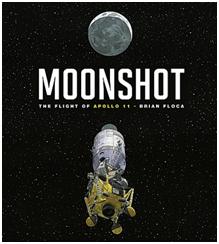 The first of the three is Moonshot: The Flight of Apollo 11 by Brian Floca. Moonshot has wonderfully detailed, technical information on the front and back flyleaves, but the strength of this book is the simple, direct text, and clear illustrations that tell the story of the flight of Apollo 11 from the time the astronauts suit up until the time the splash down, back on earth, a week later.
The first of the three is Moonshot: The Flight of Apollo 11 by Brian Floca. Moonshot has wonderfully detailed, technical information on the front and back flyleaves, but the strength of this book is the simple, direct text, and clear illustrations that tell the story of the flight of Apollo 11 from the time the astronauts suit up until the time the splash down, back on earth, a week later.
The text of Moonshot is written so that children age 4-7 can easily understand the details of how we went to the moon. Interspersed among the illustrations that show what the astronauts are doing are pictures of a family intently watching the TV coverage. Here are a sampling of the interior pages:
This is a great book for younger readers. Although it pains me to admit my age, this is the perfect book for me to read to my grandson to introduce him to the Apollo program.
Moonshot is a large-format hardback (11.7″ x10.8″), 48 pages and is available for $17.99 directly from Greenleaf Press.
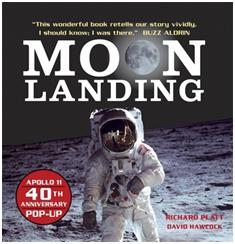 The second book is one of the pop-up books that I always find fascinating. When the paper engineering of a pop-up book is married to the story of the Moon Landing, you have a special kind of magic!
The second book is one of the pop-up books that I always find fascinating. When the paper engineering of a pop-up book is married to the story of the Moon Landing, you have a special kind of magic!
Moon Landing has six elaborate and fascinating pop-up scenes depicting key episodes from the race to the moon.
There is the Redstone rocket launching the first US manned flight, the Gemini flight and first spacewalk, a spectacular spherical moon, a detailed articulated space suit, and the lunar module on the surface of the moon. Booklets, flaps, and fold-out pages offer readers a additional intriguing facts, and a peek inside and behind the scenes.
Moon Landing is described by its publisher (Candlewick Press) as intended for ages 8 and up. It is a hardback and is available for $29.99 directly from Greenleaf Press.
The last of the three books is Team Moon, with the wonderful subtitle, “How 400,000 People Landed Apollo 11 on the Moon.”
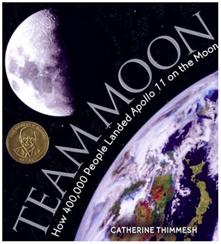 Team Moon opens, not with shots of the astronauts on the moon, but rather with pictures of hundreds of people gathered to watch the grainy black & white TV pictures beamed back live from the moon. There is a shot of several dozen workers at Grumman (who built the Lunar Lander) crowded around a TV. There is a shot of thousands of New Yorkers gathered in Central Park watching an outdoor TV screen. There is a crowd in Milan, Italy watching a TV on the sidewalk of a café – and there are the anxious faces of the team at mission control watching the coverage as well.
Team Moon opens, not with shots of the astronauts on the moon, but rather with pictures of hundreds of people gathered to watch the grainy black & white TV pictures beamed back live from the moon. There is a shot of several dozen workers at Grumman (who built the Lunar Lander) crowded around a TV. There is a shot of thousands of New Yorkers gathered in Central Park watching an outdoor TV screen. There is a crowd in Milan, Italy watching a TV on the sidewalk of a café – and there are the anxious faces of the team at mission control watching the coverage as well.
After a brief background on Kennedy’s announcement of the goal, the book begins a detailed account of the landing attempt and the six challenges (most unexpected) faced by the crew. The first challenge was an overloaded computer began failing and sounding alarms. The second challenge was that the landing area was littered with boulders and Armstrong had to fly the Lander past it to a safer spot. But there was very little margin in the fuel supply. In simulations, he had always landed with over 2 minutes reserve left. On the real landing attempt, the flight controllers called out the 120 second warning, then the 60 second warning, then the 30 second warning. Armstrong finally got the Lander down with only 18 seconds of fuel left in reserve. I won’t give away the other problems, but suffice it to say , that there was a lot of fancy footwork going on in Mission Control that was not reported at the time!
This is a great book for any kids who have an interest in the space program and the history of Apollo. The 80 pages are laid out with full page photography on every page – and a very engaging text.
Reading level is 5th/6th grade and up. Team Moon is a hardback, 80 pages, full color. The price is $19.95, direct from Greenleaf Press.
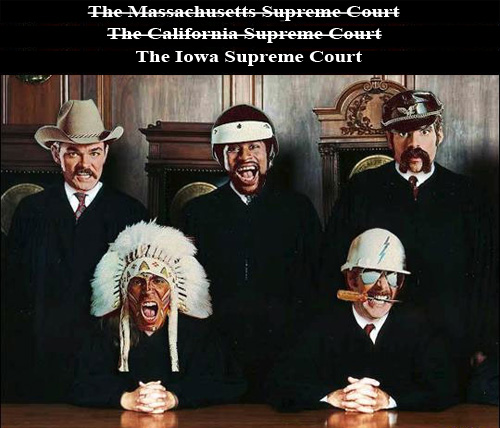

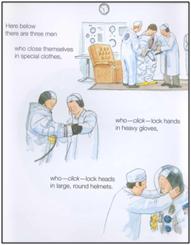
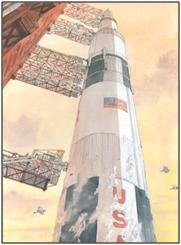
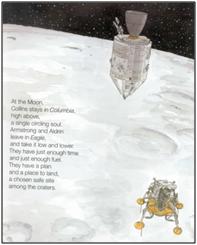

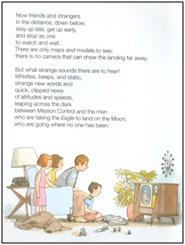
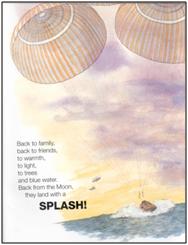

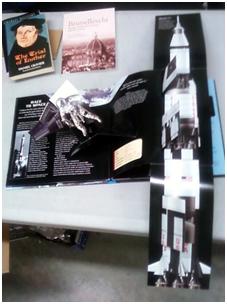
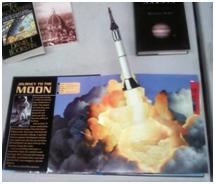

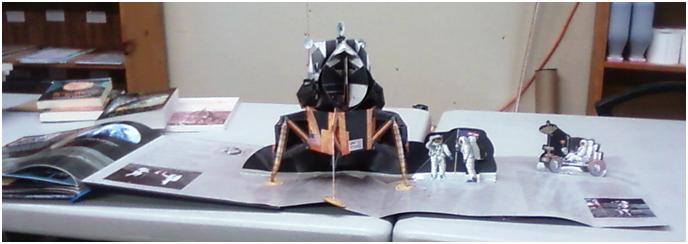


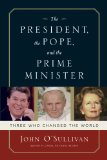
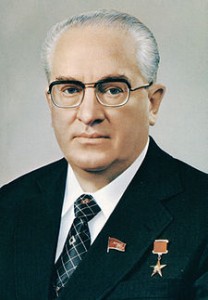
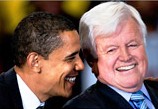

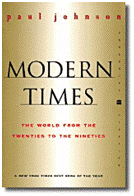
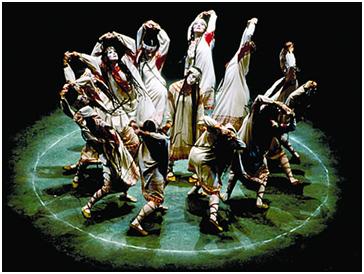

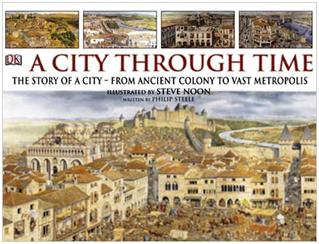 The second DK book is constructed on the same pattern as
The second DK book is constructed on the same pattern as 